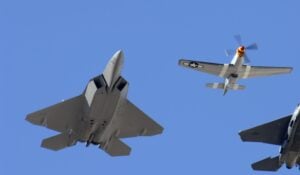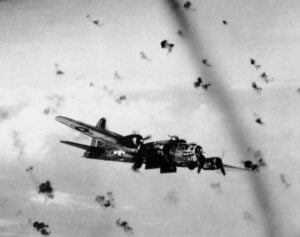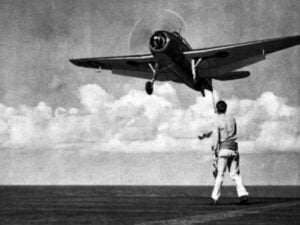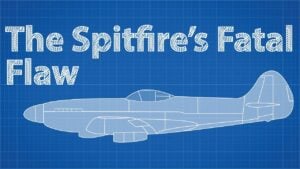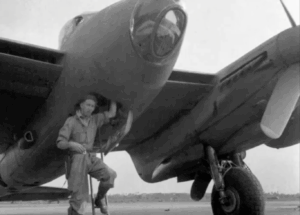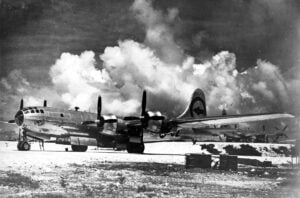Why America’s Ultimate Superfortress Never Panned Out
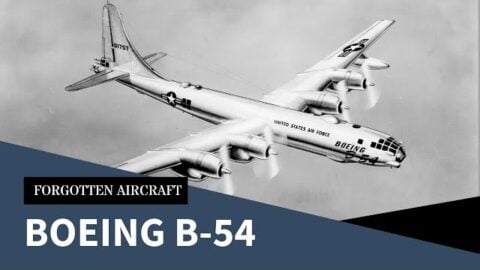
YouTube / Ed Nash's Military Matters
The B-29 Superfortress was the crown jewel of America’s WWII bomber fleet—an engineering marvel that cost more to develop than the atomic bomb itself. But the B-29 was just the beginning. In the years following the war, Boeing worked to push the design even further, resulting in a final, powerful evolution: the B-54.
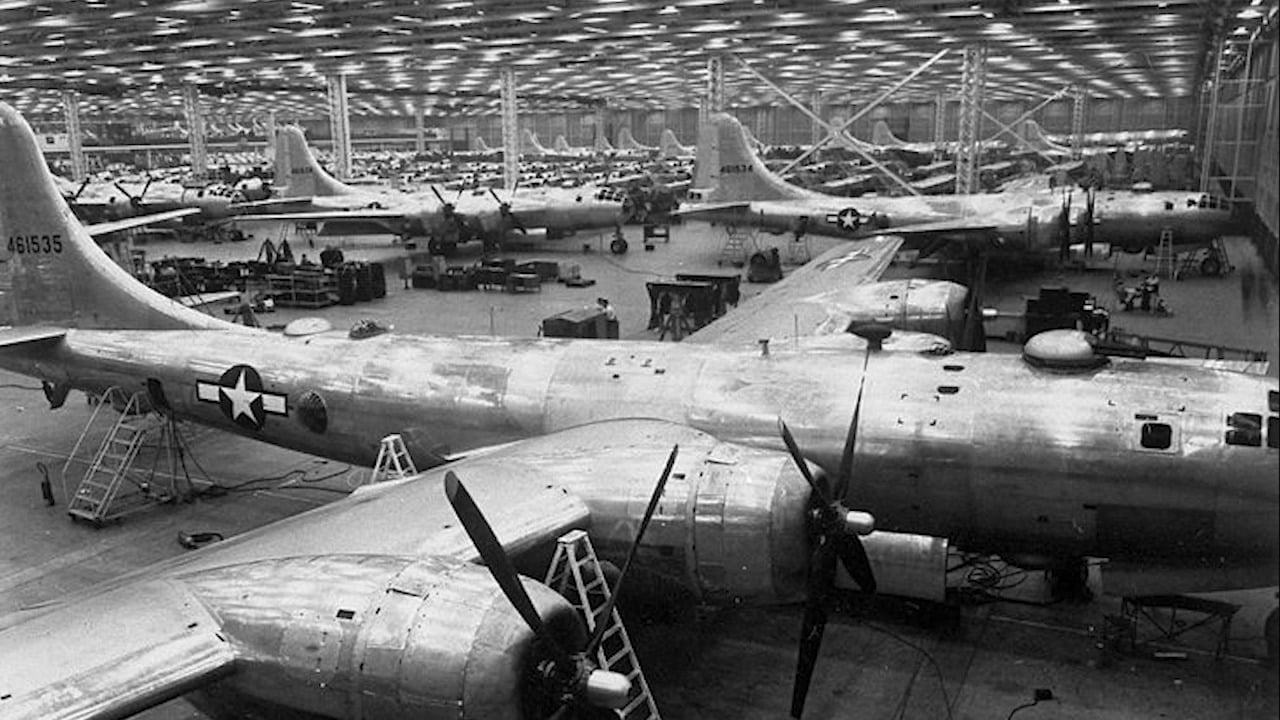
Though it never made it off the drawing board, the B-54 represented the most ambitious—and most advanced—variant of the Superfortress lineage.
From B-29 to B-54: A Bomber’s Evolution
The original B-29 was a game-changer. With pressurized cabins, remote-controlled gun turrets, and intercontinental range, it devastated Japan from high altitudes. Over 3,900 were built, but as technology advanced quickly after the war, the U.S. Air Force sought even more powerful successors.
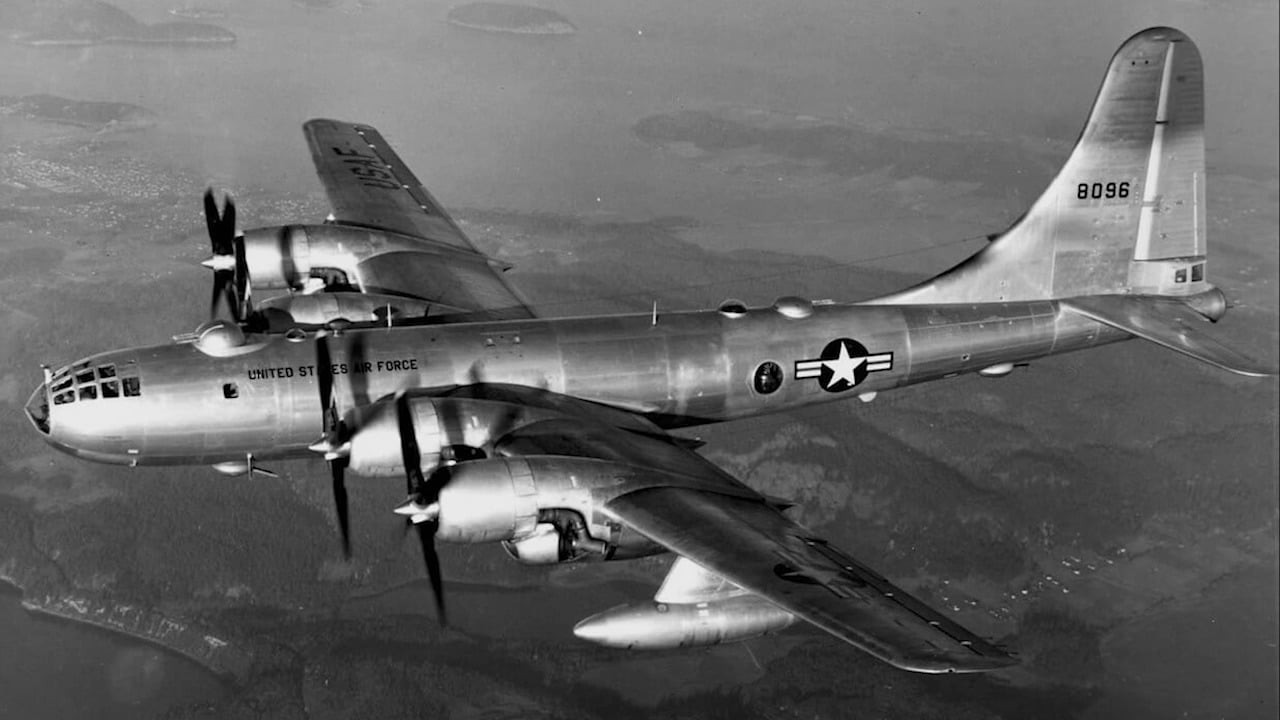
The first was the B-50—a heavily modified B-29 with stronger engines and structural improvements. But the real leap forward came with the proposed B-54.
Initially designated the B-50C, the aircraft was so significantly redesigned that it earned its own name: B-54.
A Giant Leap in Power and Range
At the heart of the B-54 was a new version of the Pratt & Whitney R-4360 radial engine. Fitted with Variable Discharge Turbines (VDT), these engines could produce a staggering 4,500 horsepower each—more than double the output of the original B-29’s Wright Cyclones.
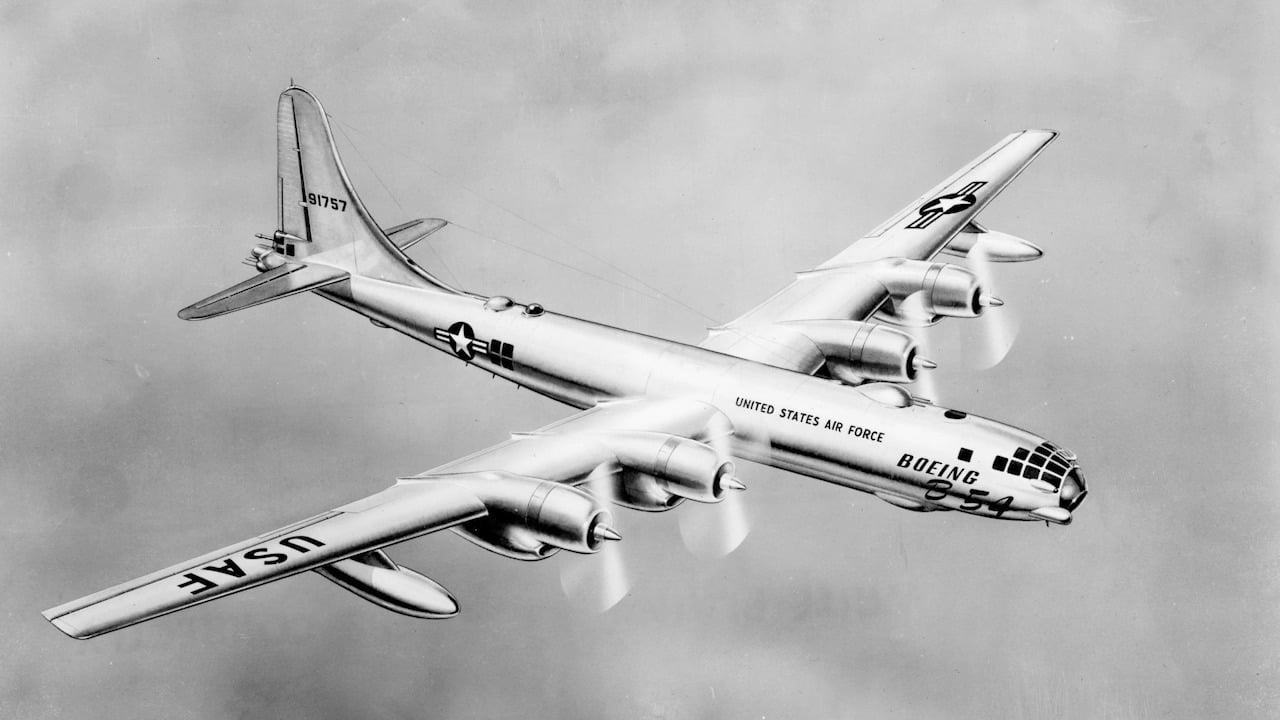
To support this power, the B-54’s wingspan grew by 20 feet, reaching 161 feet 2 inches. The fuselage stretched to 111 feet long, and its bomb bay was enlarged to carry an astonishing 36,000 pounds—nearly double the B-29’s payload. With auxiliary fuel tanks, its range increased from 5,600 to over 9,000 miles.
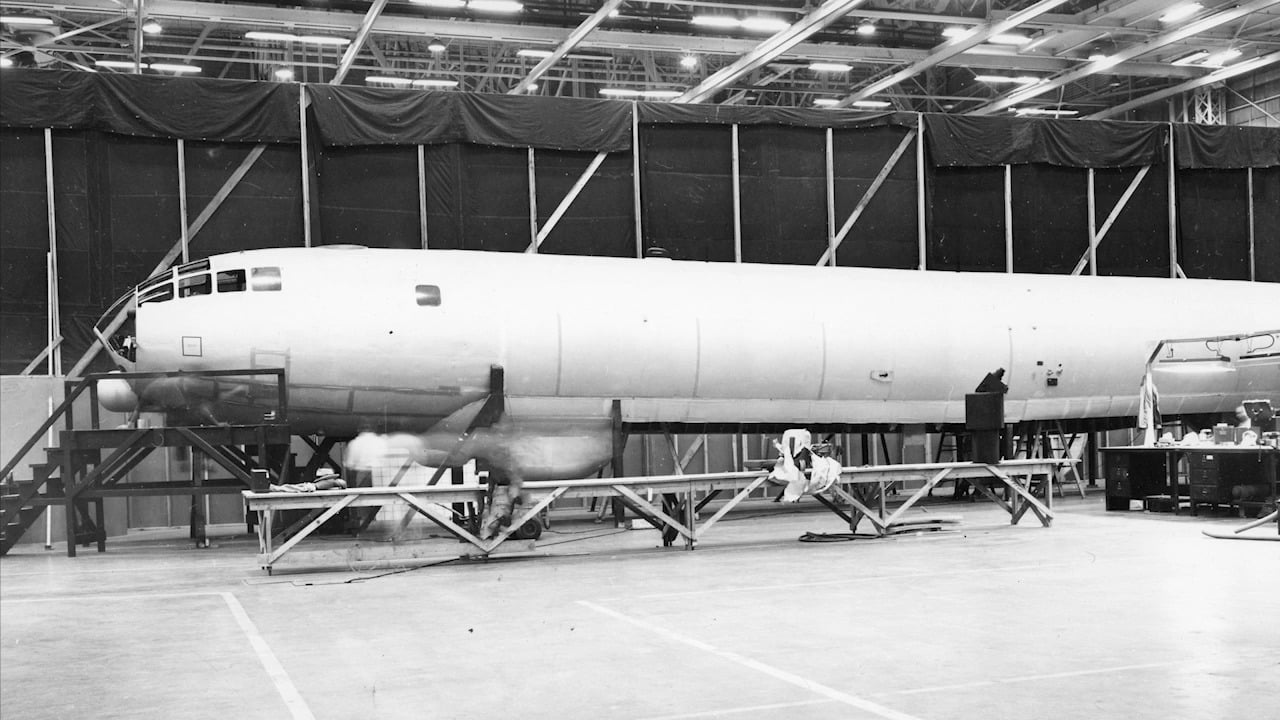
This wasn’t just a better B-29—it was an entirely new strategic bomber.
The Right Plane, at the Wrong Time
In May 1948, the U.S. Air Force ordered 30 aircraft: 7 B-54s and 23 RB-54 reconnaissance variants. The bomber was even earmarked as a key part of a new 5-year defense plan.
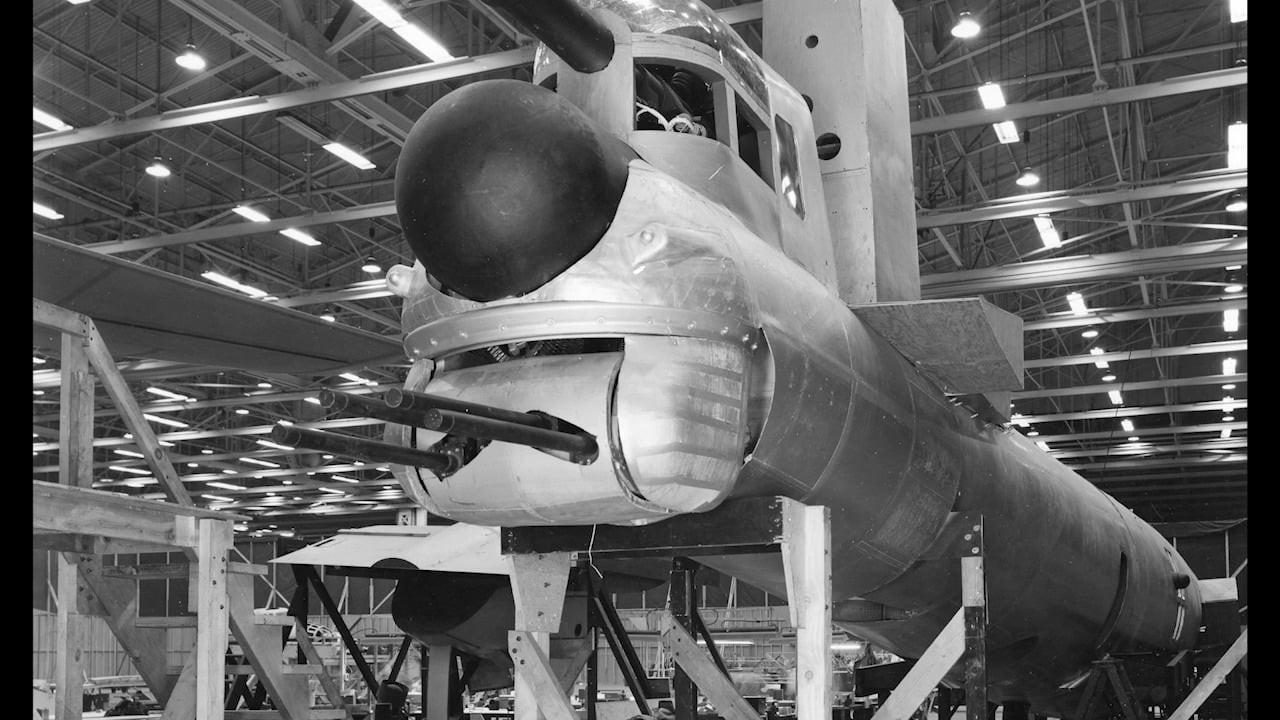
Then came April 18, 1949.
In a dramatic reversal, all orders were canceled.
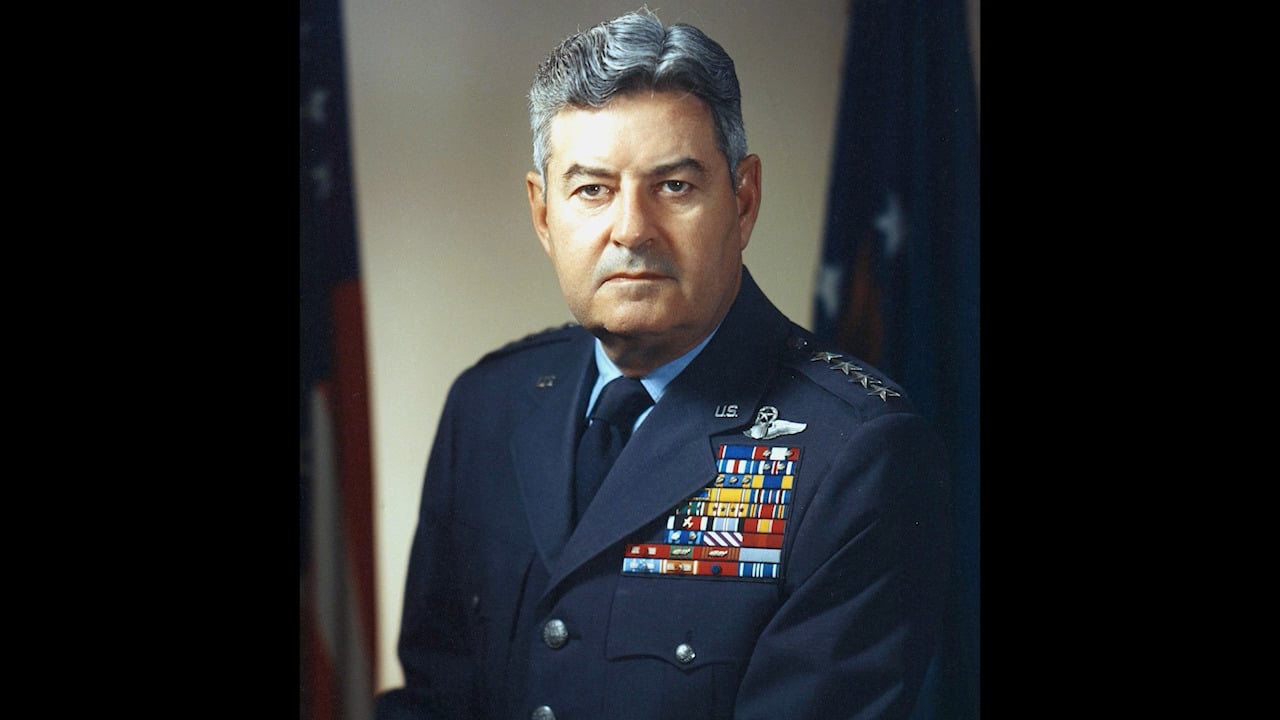
The reason? General Curtis LeMay, newly in charge of Strategic Air Command, deemed the B-54 obsolete before it even flew. The arrival of the much larger, longer-range Convair B-36 made the B-54 redundant. The future, LeMay believed, was with jet and intercontinental bombers—not piston-powered aircraft, no matter how advanced.
A Forgotten Superfortress
The B-54 was Boeing’s final attempt to evolve the legendary Superfortress. Bigger, faster, and stronger, it could’ve extended the legacy of the B-29 into the Cold War. But in the fast-paced world of military aviation, timing is everything. And for the B-54, the future had already arrived.
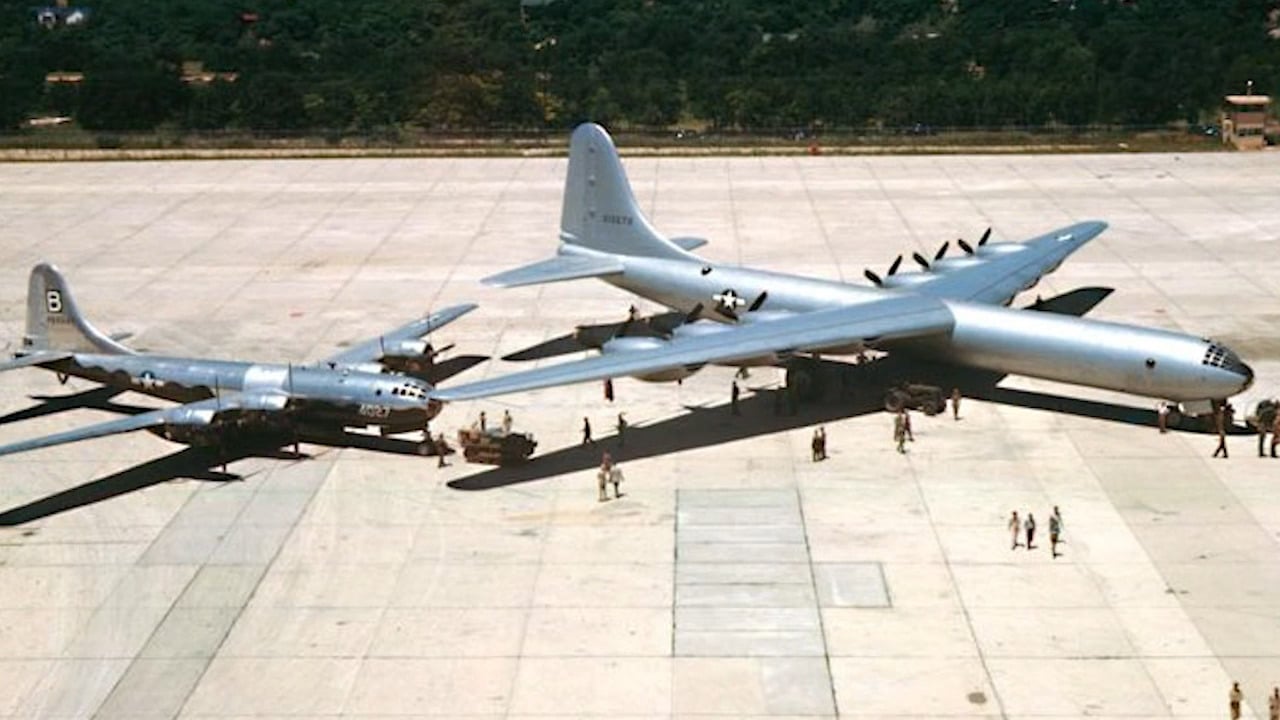
It remains a fascinating “what-if” in aviation history—a powerful bomber that, on paper, may have been too late to matter.














